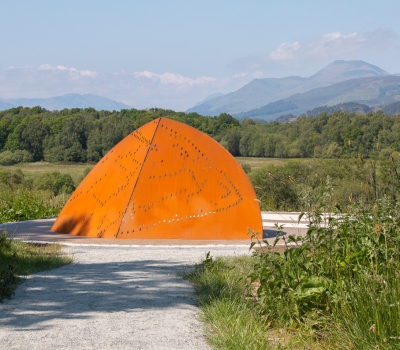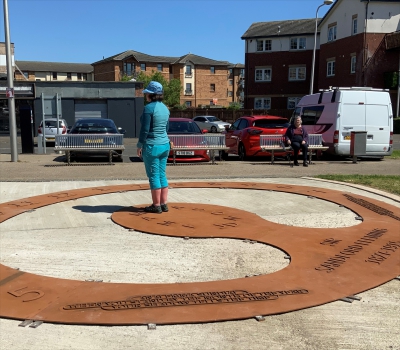
This dial stone is a test piece for the new obelisk sundial, and is on a board at the correct angle for one of the faces of the obelisk. It faces East and inclines 61° to horizontal so the shadow of the temporary plastic gnomon will show the time.
Obelisk sundials carved in stone were popular in Scotland in the 17th and 18th centuries. Quite recently stonemasons in Fife have done the work to carve a new obelisk sundial for one of their clients. Its dials have remained blank for mathematical calibration. Macmillan Hunter are responsible for the calibration and have supplied detailed dial instructions and drawings for the mason to use together with the required set of geometric bronze gnomons. Continue reading




